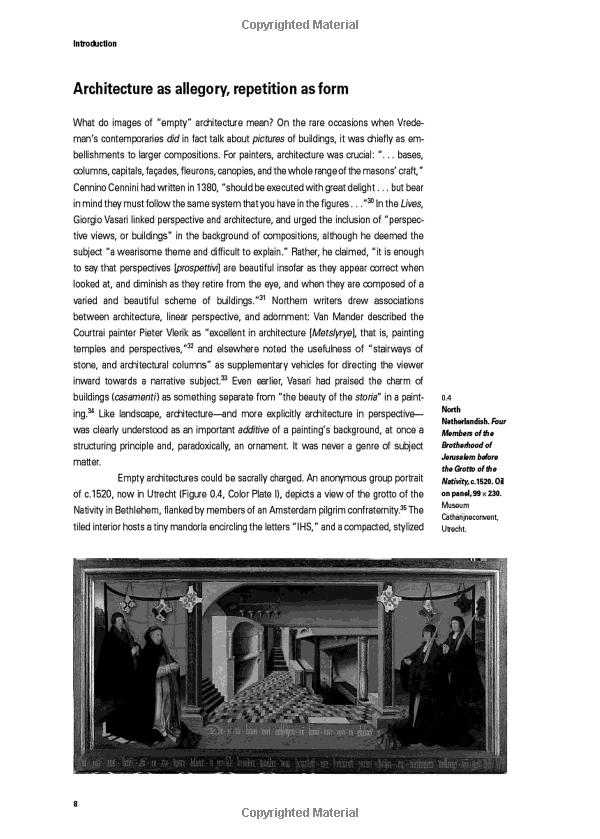The Visionary Architects of St. Peter's Basilica: Unveiling the Masterpieces of Renaissance Architecture**
Guide or Summary:architects of st peter's basilicaarchitects of st peter's basilicaSt. Peter's Basilica, one of the most iconic structures in the world, sta……
Guide or Summary:
architects of st peter's basilica
St. Peter's Basilica, one of the most iconic structures in the world, stands as a testament to the brilliance and creativity of its architects. The architects of st peter's basilica played a pivotal role in shaping not only the basilica itself but also the course of Renaissance architecture. Their innovative designs and meticulous attention to detail have left an indelible mark on history and continue to inspire architects and artists today.
The construction of St. Peter's Basilica began in the early 16th century, with the initial design attributed to Donato Bramante. His vision for a grand, centralized church was revolutionary, and he laid the groundwork for what would become one of the largest and most magnificent churches in the world. Bramante's design featured a large dome, inspired by the Pantheon, which would later become a defining characteristic of the basilica.

As the project progressed, several other architects of st peter's basilica took the reins, each contributing their unique styles and ideas. After Bramante's death, architects like Raphael and Antonio da Sangallo the Younger further refined the design. Raphael, known for his harmonious compositions, aimed to create a structure that balanced grandeur with elegance. His influence can be seen in the proportions and layout of the basilica.
However, it was Michelangelo Buonarroti who would leave the most significant impact on the basilica's design. Appointed chief architect in 1547, Michelangelo reimagined the dome, making it larger and more imposing. His mastery of form and space transformed the basilica into a symbol of the Catholic Church's power and influence. The dome, completed after his death by Giacomo della Porta, remains one of the most recognizable features of St. Peter's Basilica and a marvel of engineering.
The final phase of construction saw the involvement of other notable architects of st peter's basilica, including Carlo Maderno and Bernini. Maderno extended the nave and added the magnificent façade, while Bernini designed the grand piazza in front of the basilica, complete with its iconic colonnades. Together, they created a harmonious environment that invites visitors to experience the spiritual and architectural grandeur of St. Peter's.

The collaborative efforts of these architects of st peter's basilica reflect the spirit of the Renaissance, characterized by a revival of classical ideas and a commitment to artistic excellence. Their work not only exemplifies the architectural prowess of the time but also serves as a reminder of the enduring legacy of creativity and innovation.
Today, St. Peter's Basilica attracts millions of visitors from around the globe, all eager to witness the beauty and grandeur crafted by these visionary architects of st peter's basilica. The basilica stands not just as a place of worship, but as a monument to human achievement, a celebration of art, and a symbol of faith that continues to inspire generations.
In conclusion, the architects of st peter's basilica played an essential role in shaping one of the most significant architectural masterpieces in history. Their collective vision, creativity, and dedication to their craft have ensured that St. Peter's Basilica remains a beacon of inspiration, drawing admiration for its beauty and historical significance. The legacy of these architects is woven into the very fabric of the basilica, making it a timeless symbol of Renaissance art and architecture.
